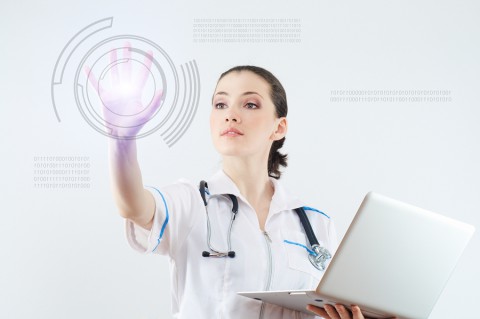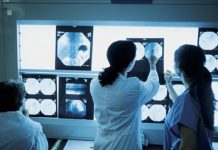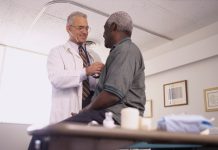 For many people, the idea of visiting a doctor or hospital may involve expectations of a few common procedures to treat a wide range of conditions. While regular procedures are part of a hospital’s repertoire, some unorthodox measures can produce favorable results. Here are five medical practices that may sound strange, but can be highly effective under the right circumstances.
For many people, the idea of visiting a doctor or hospital may involve expectations of a few common procedures to treat a wide range of conditions. While regular procedures are part of a hospital’s repertoire, some unorthodox measures can produce favorable results. Here are five medical practices that may sound strange, but can be highly effective under the right circumstances.
Removing Half of Your Brain
For some patients suffering from encephalitis, a rare disease that can turn the body against its own brain cells and slowly eat away at nerve tissue, a life of increasingly dangerous, potentially fatal, seizures is a dire prospect. Treatment options are limited to a hemispherectomy, or removal of the diseased half of the brain.
The idea of living with only half of a brain may conjure up all sorts of images and ideas, ranging from an inability to move and function to a loss of personality or identity. In truth, however, patients are not only able to function normally, but most have also performed well in school or work and even have the ability to participate in sports and other physical activities. While losing a side of the brain does reduce the ability to function in one side of the body, the body possesses a remarkable ability to re-learn how to function under such a loss. With patience and persistence, patients may regain complete feeling in their body after this procedure.
Worm Therapy
For patients suffering from multiple sclerosis, lasting cures have been elusive. However, in 2008, a group of patients were chosen to participate in a new test study that, at first glance, seemed quite unorthodox.
Over a period of three months, study participants were asked every two weeks to swallow doses of 2,500 live pig whipworm eggs, a microscopic parasite that is believed to be able to eat the disease. Fortunately for participants, these doses resembled nothing more than slightly salty water. Remarkably, patients showed a reduction in active lesions, or scars that disrupt electrical signals between cells in the central nervous system, from an average of 6.6 to 2. While this does not yet prove the effectiveness of the worm treatment, it does appear to show a compelling correlation.
Telesurgery
If you’ve ever found yourself in an operating room, you’re probably familiar with this scene: A surgeon leads a team of specialists and nurses to provide hands-on care for a patient. Today, however, there may be one notable omission from this team, at least in person: the surgeon. Rather, patients can receive care from a set of robotic arms controlled by a surgeon who may be hundreds or even thousands of miles away.
Telesurgery is the latest attempt to provide medical care to those who may lack access to traditional surgeons. For patients in remote areas, it can be difficult to find surgeons and other advanced medical practitioners, especially if the case involves a rare procedure. Now, advanced specialists can provide care all over the world from one centralized location, freeing patients from the need to travel to receive vital services.
Leech Therapy
Leeches have been used in medicine for thousands of years, often “bleeding” patients in an attempt to treat a wide range of medical ailments. While the practice had largely fallen out of favor for most of the 20th century, in recent years it has started to experience a revival.
It appears that leeches may help encourage blood flow to damaged tissue areas, due to the fact that their unique saliva is designed to prevent clotting. By using leeches, doctors can induce bleeding in patients for hours, bringing a constant flow of oxygenated blood to the affected area. Damaged veins receive the blood they need to regrow and re-establish circulation. For doctors attempting to reattach severed limbs, leeches can help provide vital vein growth necessary to succeed in the operation.
Acupuncture
In traditional Chinese medicine, acupuncture is designed to encourage the flow of a vital life force called “qi” though the body. By inserting special needles at key points on the body, the flow of qi is believed to be restored to areas that may be suffering from a lapse. With qi restored, traditional doctors believe they can treat common colds, aches and pains and even conditions like depression.
While such treatments tend to be viewed as alternative in the United States, studies suggest that there may be something to the procedure. Conducted as a joint project by the National Center for Complementary and Alternative Medicine (NCCAM) and the National Institute of Health (NIH), one study looked at 570 patients suffering from osteoarthritis in the knee. Notably, by the 8th and 14th weeks, participants who received acupuncture showed a significant increase in knee function and a sharp decrease in overall pain, respectively.









